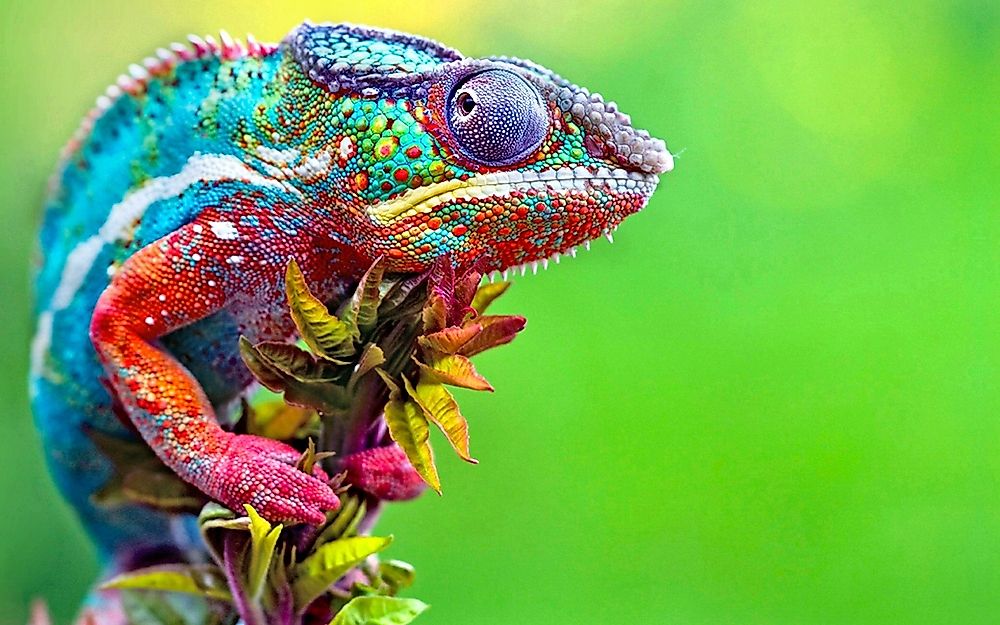How Are Vertebrates Defined?

The word vertebrate is derived from the vertebra, which is a Latin word that is loosely translated to mean any of the bones or segments of the spinal column. Vertebrates are large groups of animals who possess a backbone or a spinal column. The animals that lack a backbone or vertebrae such as the jellyfish are referred to as invertebrates.
Examples and Classification of Vertebrates
Animals that belong to this group include mammals, reptiles, amphibians, birds, and fishes. A large percentage of the vertebrates are made up of bony fishes in the sea. Vertebrates are members of a taxonomic phylum referred to as phylum Chordata. In fact, the name notochord is derived from the word Chordata. Apart from the fact that they possess a backbone, it is important to note that the classes of vertebrates have different physical characteristics. The physical characteristics of the five classes of vertebrates vary from one class to another. There are approximately 65,000 known species of vertebrates on the earth’s surface, making up approximately 3% of the total animal life on the planet.
What Are the Five Classes of Vertebrates?
Mammals
Mammals are defined by certain characteristics such as having fur (or hair) and the ability of females to feed their young with milk. Mammals also generally give birth to live young, although monotremes such as the platypus are exceptions to this.
Birds
Birds are defined by the presence of wings, a beak, and feathers. Birds are also generally able to fly.
Fish
Fish are defined by their gills and their ability to live completely in the water. Fish lack limbs.
Reptiles
A reptile is an animal that has scales for skin. Usually, animals give birth to their young by laying soft eggs.
Amphibians
Amphibians are defined by possessing both a larval stage where they breathe through gills, as well as an adult stage where they breathe through lungs.
The Evolution of Vertebrates
The emergence of the vertebrates dates back approximately 525 million years ago, during the Cambrian explosion. The structure of the early vertebrates is not very different from the vertebrates we know today. They had a notochord, rudimentary vertebrae and a head, and tail which stood out. However, a close study of their skulls indicates that they lacked jaws leading to the conclusion that they used filter feeding.
The first vertebrae to have jaws emerged during what is commonly referred to as the “Age of Fishes.” The period marked the end of the Ordovician and the emergence of the Devonian ages. During this period, almost all jawless vertebrates, especially the fish gradually became extinct, and some of them eventually disappeared.
During the Mesozoic period, the bony fish dominated the seas. The dinosaurs began to disappear at the end of the Cretaceous period. Their eventual disappearance paved way for the mammalian dominance. The mammals had evolved during the late stages of the Triassic period, from the therapsids, which belong to the group of synapsid amniotes.
After the Mesozoic period, there were many diverse species of the vertebrates that emerged and evolved. Bony fishes, frogs, birds, and mammals are examples of some of the vertebrates that underwent diverse evolution during this stage.











